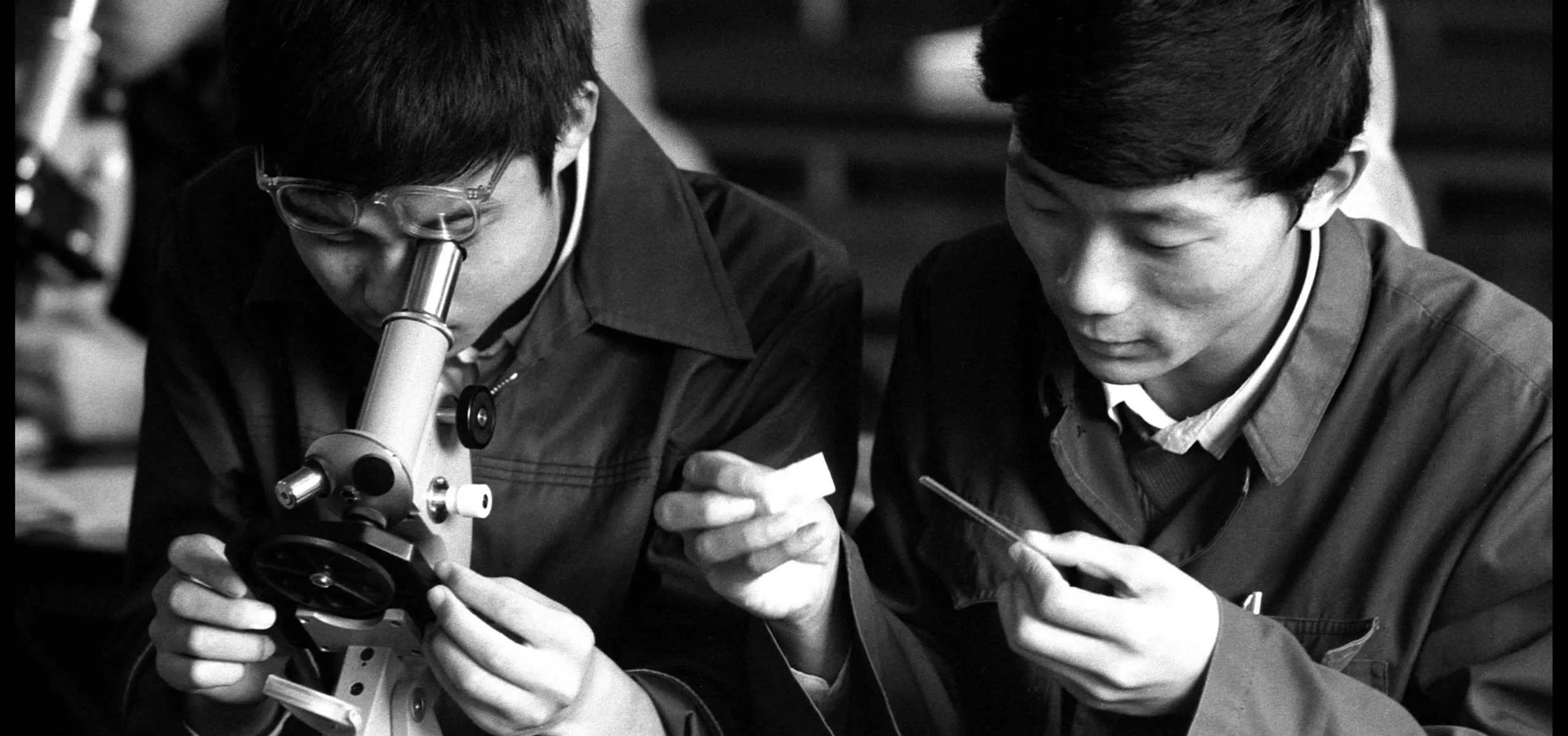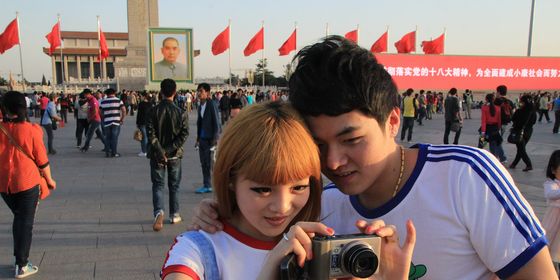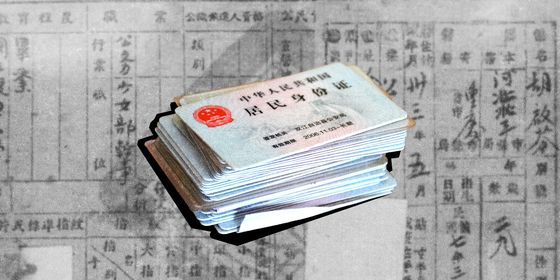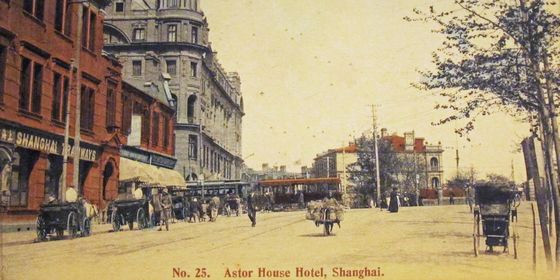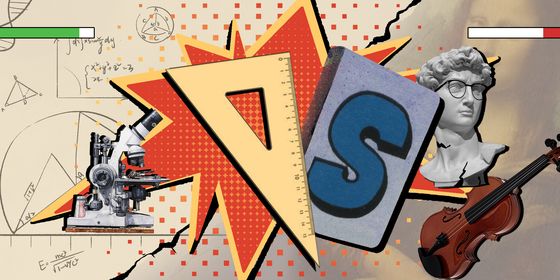How did Chinese students earn the right to choose their own majors, and how did the most popular choices evolve over time?
When Lin Xueliang took the gaokao (national college entrance exam) in 1955, students did not have the option to choose their own majors—that privilege was not extended until after the early 1960s.
Lin, who is now a teacher in Hubei Province, just took the exam and was told he had been accepted by Huazhong Normal University, which at the time trained students to become teachers. The nationwide list of university freshmen was later published in the People’s Daily newspaper, and that was how Lin discovered he had been selected to study biology. He cut out the scrap of paper with his name on it as a souvenir, and headed off to the college to register.
In 1966, the Cultural Revolution began, and a political frenzy engulfed the nation. The gaokao was cancelled and was not reinstated until more than a decade later, in 1977. For that first batch of post-Cultural Revolution students and those who immediately followed them, math, physics and chemistry—often referred to as shulihua (数理化)—were the most respected majors.
During that time, working class was still deemed the most desirable class status, and the most eligible bachelors were workers and soldiers. When Huang Mingjian graduated from high school in 1977, he picked chemistry over English—the only two majors available to choose from in his school—explaining as the basis of his reasoning that “if I studied chemistry, I could work in a factory.”





